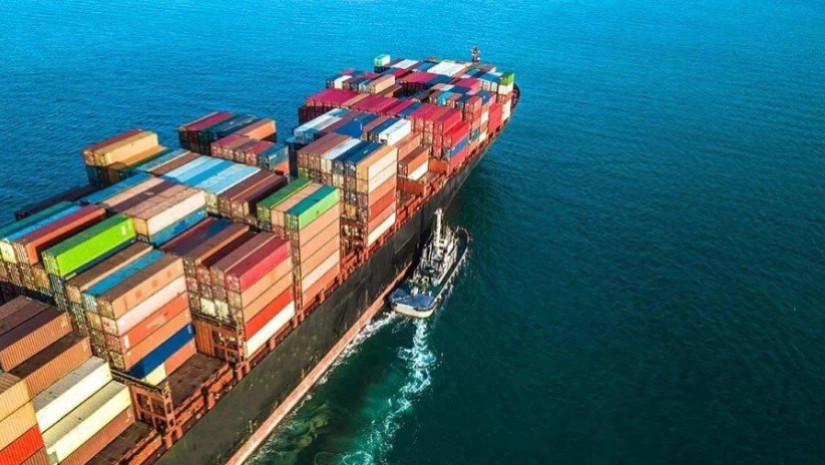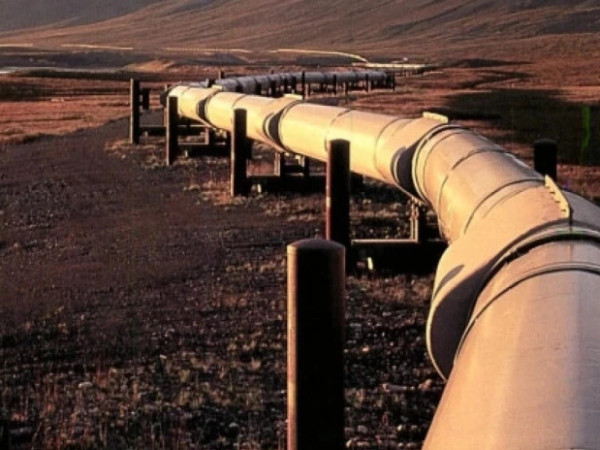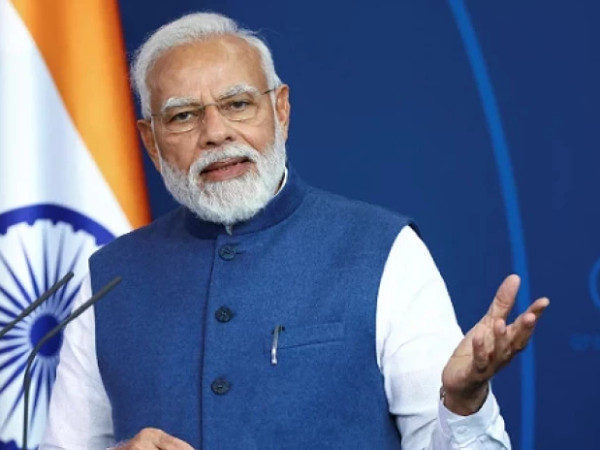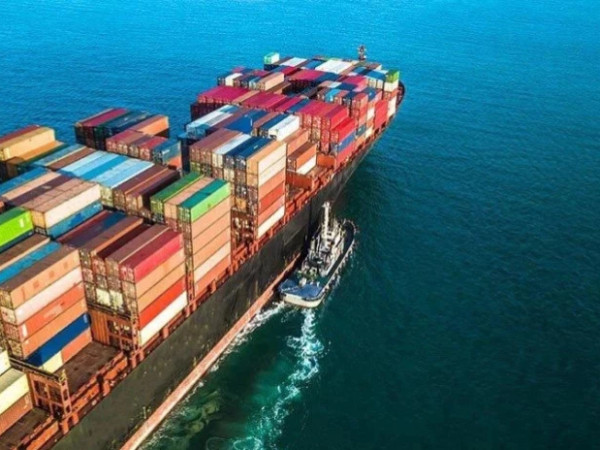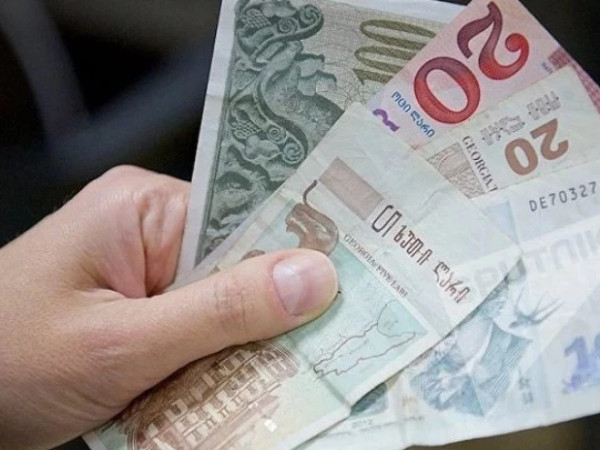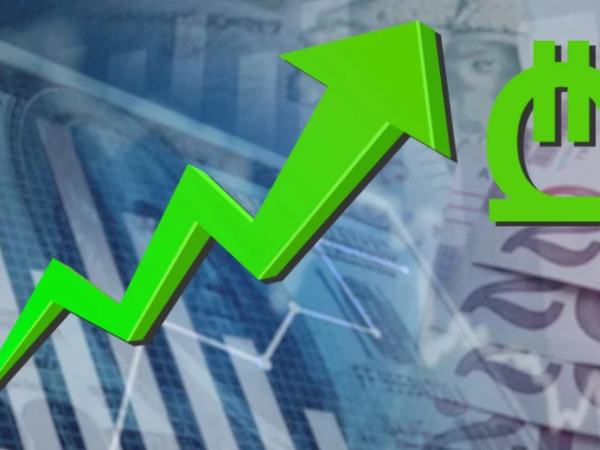President Donald Trump's higher import taxes on dozens of countries went into effect on Thursday, just as the economic impact of his earlier tariffs had started to show visible harm to the U.S. economy.
The new broad tariffs went into effect just after midnight on Thursday, going as high as 50%. They come after some major trading partners have reached framework deals for trade and investment concessions with Trump.
The White House said goods from more than 60 countries and the European Union would face tariff rates of 10% or higher. Products from Japan, South Korea and the European Union will be taxed at 15% and imports from Taiwan, Vietnam, Bangladesh and others will be levied at 20%. Britain will only be taxed at a 10% rate.
Trump has anticipated that places like Japan, South Korea and the European Union investing hundreds of billions of dollars in the U.S.
"I think the growth is going to be unprecedented," Trump said on Wednesday, adding that the U.S. was "taking in hundreds of billions of dollars in tariffs."
Trump has since amended his tariff plan, hitting some countries with higher rates, including 50% for goods from Brazil, 39% from Switzerland, 35% from Canada and 25% from India.
The president announced a separate 25% tariff on Indian goods on Wednesday to be imposed in 21 days over the country's purchase of Russian oil.
China, which has imposed retaliatory tariffs, will face a potential tariff increase on August 12 unless Trump approves an extension of an earlier truce after negotiations held last week. He has said he may impose additional duties in response to China's purchase of Russian oil.
The Trump administration holds the position that now that companies understand the direction the U.S. is headed when it comes to tariffs, it can bolster new investments and boost hiring to support the U.S. economy.







